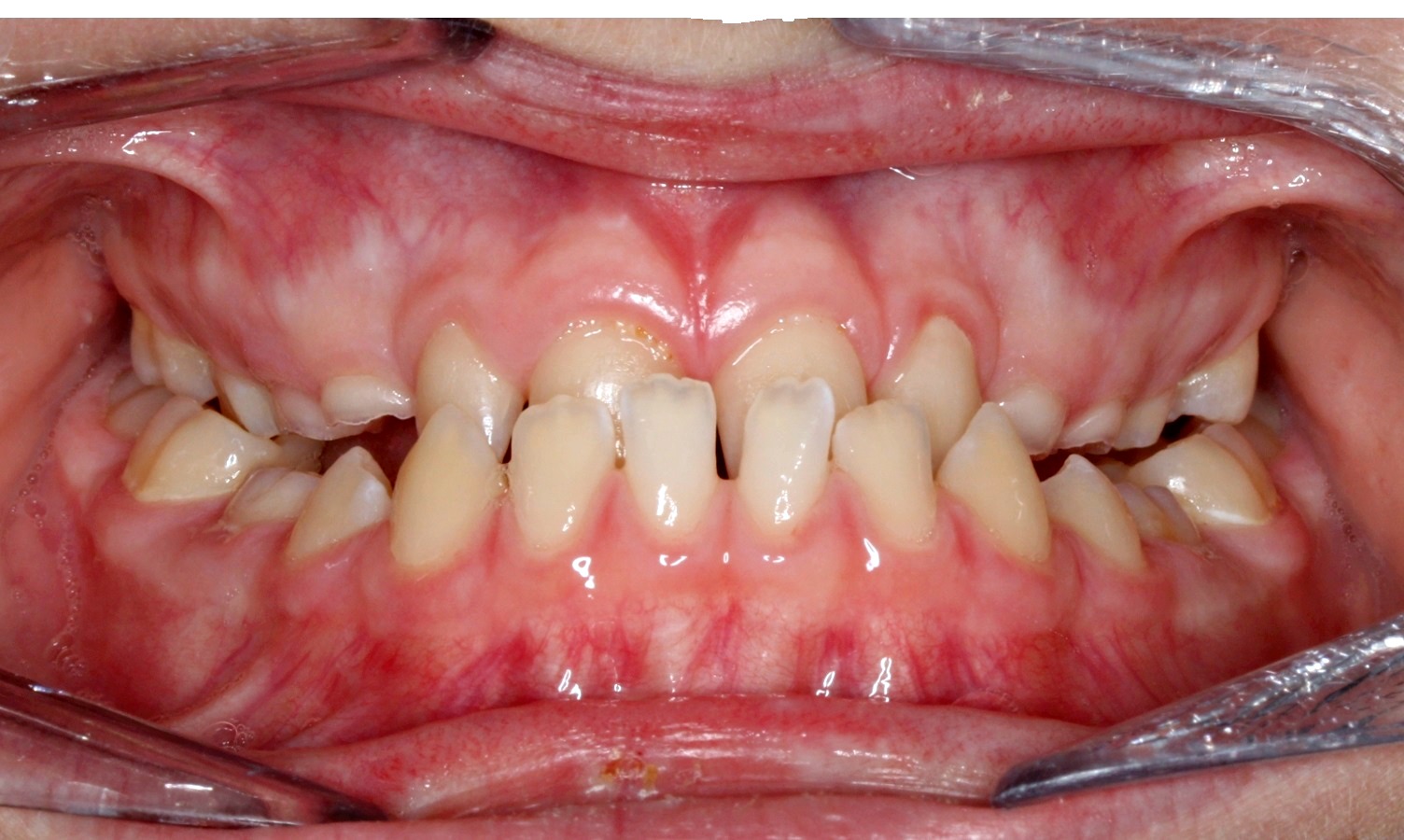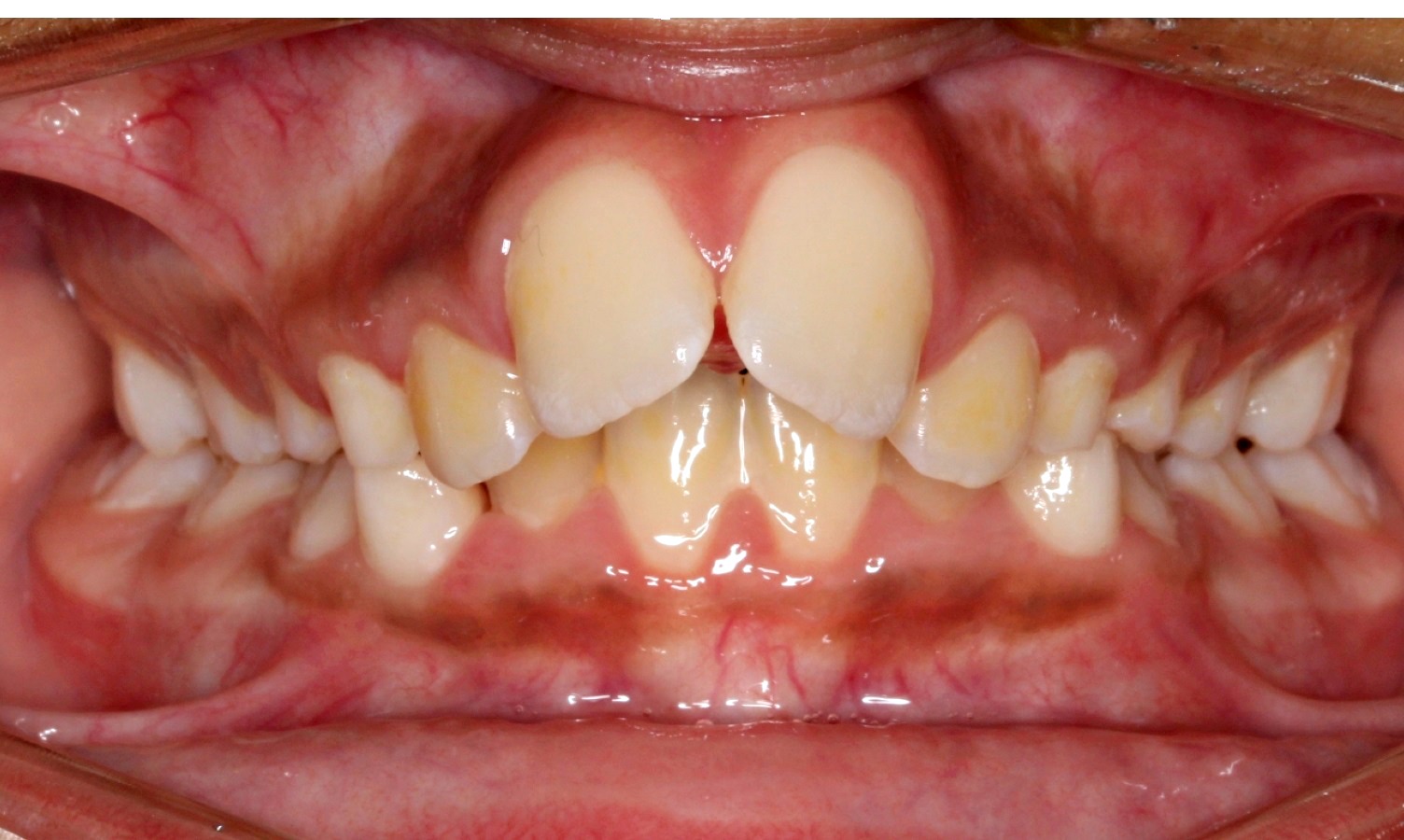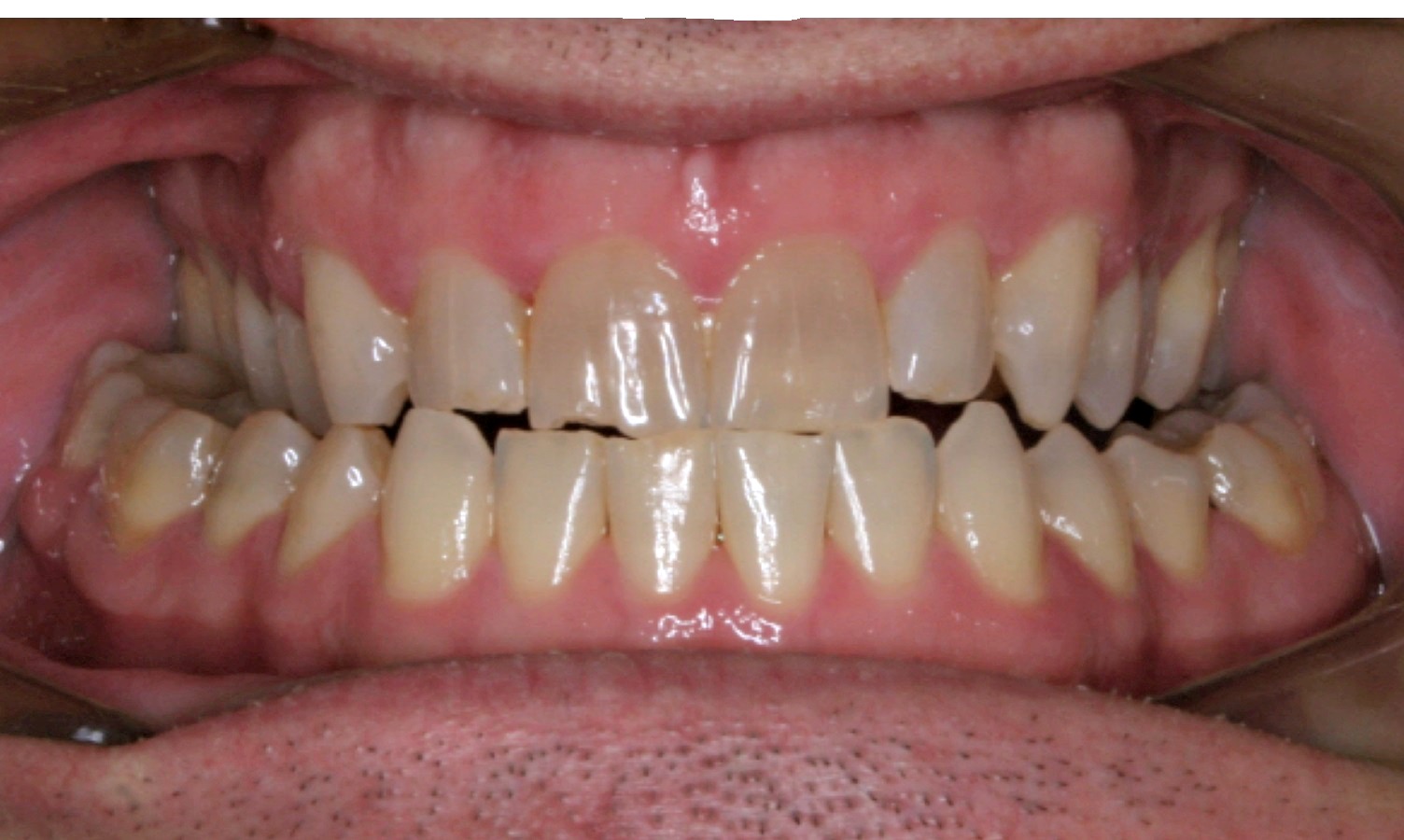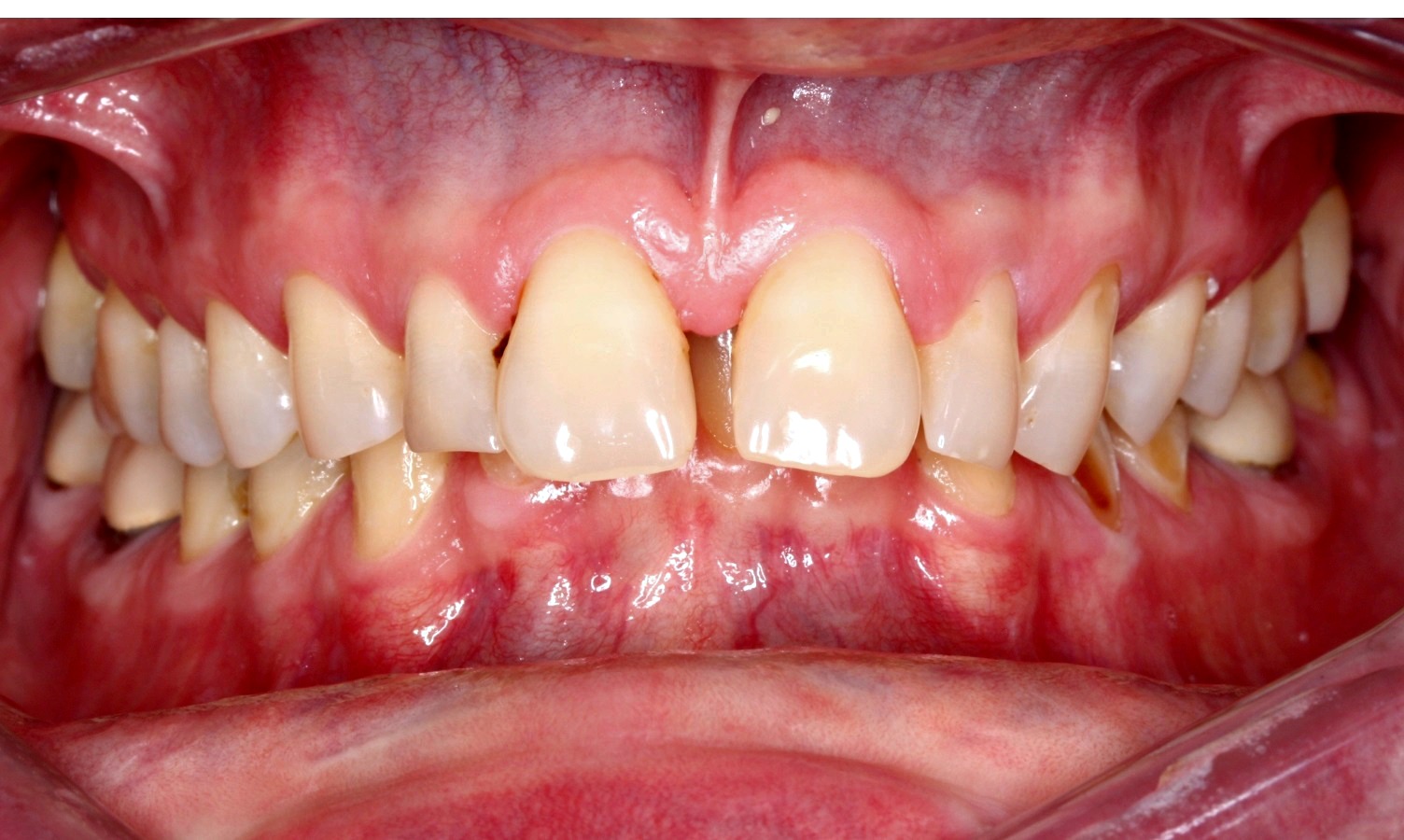About Orthodontics
What is Orthodontics?
- Orthodontics is the area of dentistry which includes the diagnosis, prevention, and treatment of dental and facial irregularities.
- The technical term for a bad bite is “malocclusion”.
- The full name of the specialty is “Orthodontics and Dentofacial Orthopedics”.
- Orthodontics refers to the alignment of teeth and the fit of the bite.
- Dentofacial Orthopedics refers to the guidance of the growth of the jaws and the bones of the face for facial balance and well fitting jaws.
- Just as there are specialties in medicine such as cardiology for your heart or dermatology for your skin, there are specialties in dentistry such as periodontics for your gums and orthodontics for your face and smile.
- For simplicity, orthodontics is used to describe the specialty.
Who is an Orthodontist?
- An orthodontist is a dental specialist, having 8-11 years of training in the diagnosis, prevention and treatment of dental and facial irregularities.
- Orthodontists must first attend a college or university for 2 to 4 years pre-dentistry science courses in order to be admitted to a four-year dental program accredited by the Canadian Dental Association to receive a "DDS" or "Doctor of Dental Surgery".
- The first two years of dental training include the same courses as MD students.
- They must then complete an additional two to three year Masters residency program in advanced orthodontic education at an institution accredited by the Canadian Dental Association.
- This advanced training includes studies in embryology, anatomy, human growth and development, biophysics, physiology and more.
- Only dentists with this advanced specialty education can present themselves as "Specialists in Orthodontics".
- The full description is actually “Specialist in Orthodontics and Dentofacial Orthopedics” but as this is rather cumbersome, “Specialist in Orthodontics” or simply “Orthodontist” is generally used.
Benefits of Orthodontics?
- Many people consider orthodontic treatment because they see that the front teeth are crooked.
- The orthodontist analyses why the teeth are crooked and can provide treatment that will not only straighten the front teeth but also correct the underlying cause of the crooked teeth, improve the facial balance and provide a well fitting, functional, and stable bite.
- Your bite is a complex biological system. Its components include up to 32 teeth, upper and lower jaws, gums, and multiple muscles that interact to make it all work.
- A well fitting, functional, and stable bite can improve biting, chewing and speaking and will decrease damage and wear to the teeth over a lifetime.
- Well-aligned teeth are easier to clean and can help prevent gum disease, tooth decay, and loss of jaw bone support for the teeth.
- A very significant benefit of orthodontic treatment is the psychological lift patients receive when they can eat quietly and comfortably in public, or when they can smile confidently instead of covering their mouth when smiling. This can have a huge impact on self-confidence and well-being.
- Orthodontic treatment, in some cases, can provide improvements to sleep, bedwetting, digestive problems, allergies, asthma, attention disorders, posture, and jaw joint discomfort.
Who can provide orthodontic treatment?
- Orthodontic treatment can be provided by any licenced dentist.
- A dentist does not have to be a specialist in orthodontics in order to provide orthodontic treatment.
- Family Dentists (general) must limit their orthodontic treatment to that in which they feel competent.
- Just as your family doctor will refer to a medical specialist (cardiology, ENT, etc.), your family dentist will refer to a dental specialist in prosthodontics (crown and bridge) or endodontics (root canals), and orthodontics.
- Some family dentists do orthodontic treatment but most refer orthodontic treatment to orthodontists.
- Pediatric dentists (another dental specialty) often provide limited early orthodontic treatment.
- You trust your heart to the cardiologist, and your skin to a dermatologist so it makes sense to trust your face and smile to the dental specialist whose extended specialty training is entirely in orthodontics and orthodontics is the only treatment they do.
Do I need a referral to an orthodontist?
- You do not need a referral from a family (general) dentist in order to see an orthodontist.
- Normally family dentists would be responsible for detecting such problems and then referring you to an orthodontist if they do not feel competent to treat these problems themselves.
- It is perfectly acceptable to obtain the name of an orthodontist from friends, family, co-workers or through online searches and contact the orthodontic office directly.
- If you do not have a family dentist, an orthodontist will offer to refer you to one, as the basics of general dental health must be in place before orthodontic treatment should proceed.
At what age can treatment be done?
Children


- It is recommended that an orthodontic screening should be done for children by the age of seven, as soon as the parents or the family dentist notice that something seems wrong with the way the face is developing or how the teeth are growing in.
- Early treatment, also known as "interceptive treatment", is usually done around the age of seven or eight.
- There are occasions, when earlier treatment is warranted, so if something seems wrong with development, please see an orthodontist right away.
- Early treatment is generally intended to intercept a problem in development and get the growth of the jaws and the eruption of adult teeth on a normal path.
- When early or interceptive treatment is done, often a second phase of treatment will be required during adolescence once all the adult teeth have grown into the mouth.
- In cases where the orthodontic problem is a result of an orofacial-myofunctional disorder ( thumb sucking, tongue thrust, improper swallow etc.), early treatment that includes correction of the orofacial myofunctional disorder can reduce the need for a second phase of treatment later on.
- Dr. Rix recommends early treatment in many cases because it enables increased influence on the growth of the jaws and face.
- Dr. Rix would prefer to see a child at a younger age to assess function, even if no treatment seems required yet.
Adolescents
- Orthodontic treatment is frequently recommended during adolescence once the adult teeth have grown into the mouth, but this does not catch early functional issues.
- For girls this is generally around the age of 11 to 13 years.
- For boys this is generally around the age of 13 to 15 years.
- This is the typical orthodontic treatment that most people experience.
Adults


- Adult treatment has become more common, with 25% of orthodontic patients over the age of 21 years.
- Some adults have experienced relapse from earlier treatment during adolescence and some adults simply did not have the opportunity for orthodontic treatment when they were young.
- There is no age limit for having orthodontic treatment as long as there is good dental health.
- Although treatment might take a bit longer in older patients there are patients, even in their nineties, who have had successful orthodontic treatment.
